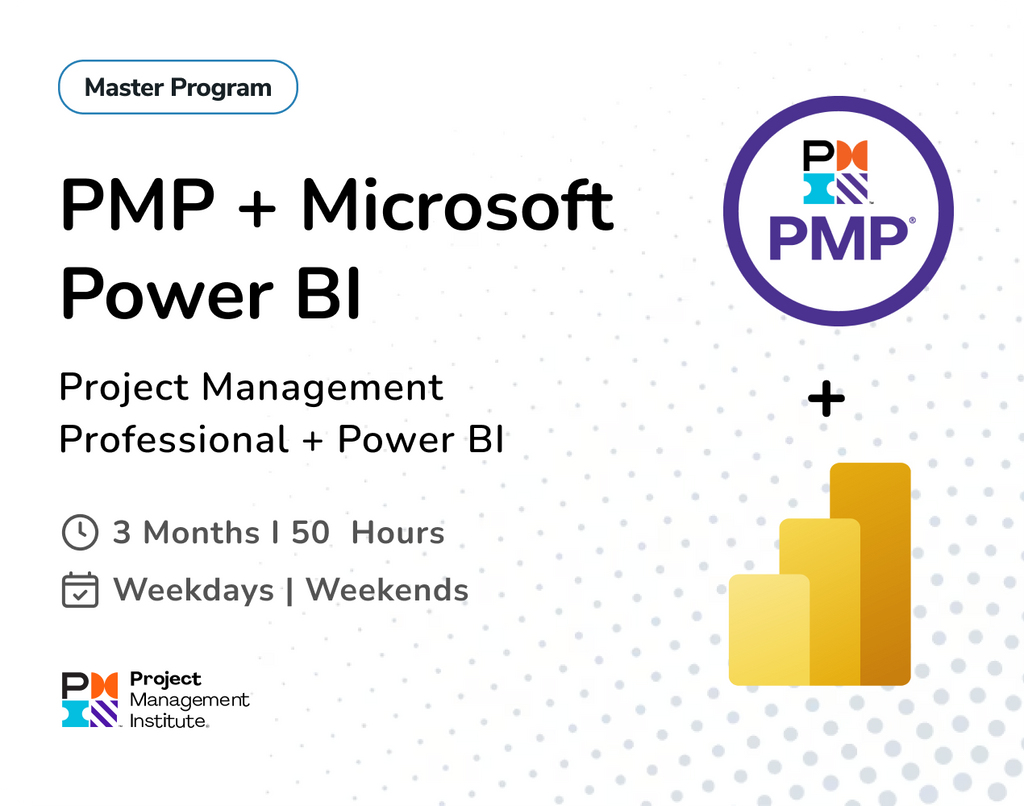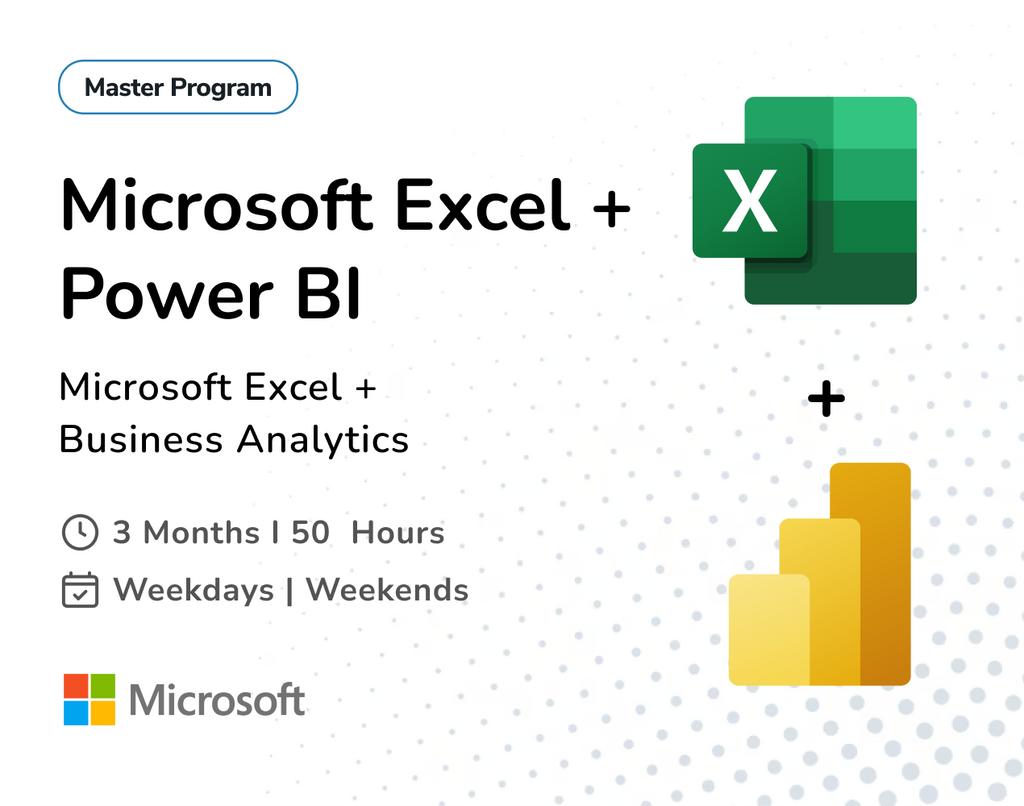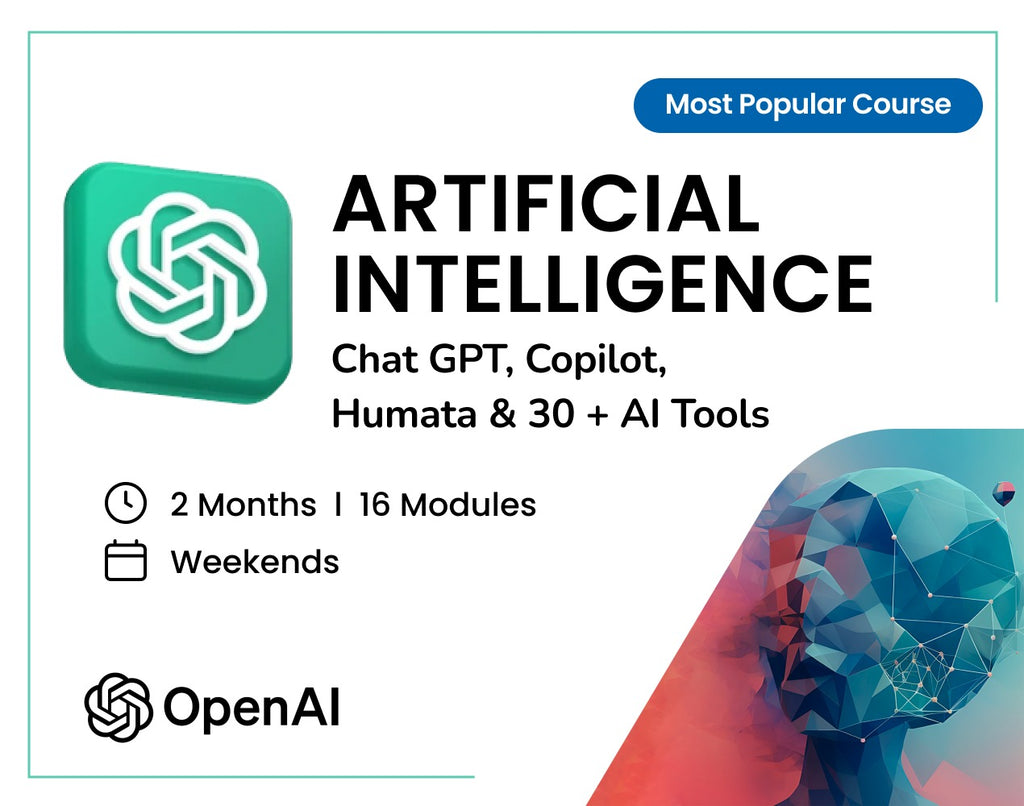How to Stay Relevant, Resilient, and Ahead in the Era of Intelligent Automation.
Why This Blog Matters
The business world is undergoing a massive shift. AI, automation, and intelligent systems are no longer futuristic concepts—they're essential tools shaping today’s decision-making, operations, and competitive advantage.
Whether you're in Project Management, Finance, Operations, Cybersecurity, or Digital Transformation, mastering the right mix of Data + AI + Business Skills is non-negotiable.

So, what skills make a top-tier AI Business Practitioner in 2025?
Let’s dive in.
1. Process Foundations & Global Certifications
“A solid business foundation makes your AI applications meaningful”
What It Means:
Every strong AI Business Practitioner starts with solid business process understanding. This helps ensure AI is applied to improve efficiency, not just add complexity. Certifications add structure and industry recognition.
Why It Matters:
If you don’t understand project timelines, agile sprints, compliance frameworks, or budget cycles—how can you design an AI to automate or predict them?
Real-World Application:
- Use PMP to design AI agents that monitor schedule slippage.
- Apply CSM to prompt Copilot to generate sprint planning summaries.
- Use IFRS knowledge to build finance automation flows with Power Automate.

Key Certifications to Pursue:
- PMP (Project Management Professional) – For structured project execution
- CSM (Certified Scrum Master) – For Agile workflows and iterations
- IFRS – For financial process governance
- CFM (Certified Facility Manager) – For facility & asset process control
2. Data Analytics, Processing & Visualization
“You don’t need to be a data scientist—but you do need to think like one”
What It Means:
This involves extracting meaningful patterns from data using tools, dashboards, or spreadsheets. You don't have to build models but must interpret results and communicate them effectively.
Why It Matters:
AI is powered by data. You must know how to work with it before using AI for decisions.
Real-World Application:
- Use Power BI to monitor project KPIs and trigger alerts.
- Use Fabric to manage unified datasets for real-time AI prompts.
- Use Excel + Copilot to auto-generate forecasts and summaries.

Tools to Master:
- Power BI – Best for dashboards, interactivity, and AI insights
- Microsoft Fabric – For large-scale, unified data analytics
- Excel – Still the universal data tool
- SQL – For querying structured data
- Tableau – A top choice for rich visual storytelling
3. Core AI Skills: Prompting, Agents & Business Personas
“This is where business meets intelligence”
What It Means:
Mastering how to talk to AI effectively (prompting), how to use AI agents to automate tasks, and how to build reusable personas for common business functions.
Why It Matters:
Prompting isn’t just typing—it’s design. Agentic AI lets you chain tasks together (e.g., summarize data ➝ send email ➝ generate presentation).
Real-World Application:
- Use Copilot to generate project charters from templates.
- Use OpenAI agents to process incoming customer queries and create workflows.
- Create persona prompts like “AI Finance Analyst” or “AI Project Coordinator.”

Must-Know Concepts:
- Prompt Engineering – Crafting instructions to drive AI performance (e.g., ChatGPT, Copilot)
- AI Agentic Frameworks – Tools like Microsoft Copilot, Manu.AI, Azure AI, OpenAI functions that handle complex, goal-driven tasks.
- Persona & Prompt Libraries – Build ready-to-use AI agents specific to:
- Project Management
- Finance/Accounts
- Cybersecurity
- Operations
4. Machine Learning for Business Prediction (No Coding Required)
“Know what AI can do, even if you don’t write the code”
What It Means:
You don’t need to build ML models—but you must understand their application in forecasting, classification, and clustering from a decision-making perspective.
Why It Matters:
AI models give your business the power to predict and simulate. You must interpret outcomes like confidence scores, risk levels, and trend shifts.
Real-World Application:
- Use regression to forecast revenue or time overruns.
- Use clustering to segment customer or employee behavior.
- Use classification to identify risks (e.g., high, medium, low) in cybersecurity.

Concepts You Should Understand:
- Regression – Predicting cost, timelines, sales
- Decision Trees & Classification – Risk segmentation, customer behavior
- Clustering – Grouping performance data or workforce types
Use cases matter more than math. Focus on interpreting AI results, not programming them.
5. Product Engineering Knowledge (Domain-Specific Tools)
“You can’t lead AI unless you understand the system you’re automating”
What It Means:
Knowing the core platforms and tools used in your domain allows you to identify AI opportunities, build workflows, and suggest innovations.
Why It Matters:
If you're working in PMO, Cyber, Finance, or Ops—you need to know the tools that run the processes you want to automate.
Real-World Application:
- Build Power Apps that integrate with EPPM or SAP.
- Automate control workflows using GRC tools and Power Automate.
- Analyze sprint productivity using Kanban board exports into Power BI.

Examples of Domain-Centric Platforms:
- EPPM – For advanced Project Portfolio Management
- GRC Platforms – Risk and compliance in cybersecurity
- Kanban Tools – Agile workflows (Jira, Trello, Asana)
- SAP/Oracle – For business ops and ERP control
6. Microsoft Ecosystem Fluency
“AI is powerful—but only if it works across the tools your business uses”
What It Means:
AI Business Practitioners must use Power Platform + M365 tools fluently to create automated solutions, build apps, visualize data, and collaborate intelligently.
Why It Matters:
Over 90% of global enterprises use Microsoft tools. Fluency here gives you an edge in building end-to-end AI-enabled solutions.
Real-World Application:
- Use Power Automate to trigger workflows from emails or Excel changes.
- Use Power Apps to build simple approval apps for HR or PMO.
- Use Copilot in Teams for meeting notes, agenda planning, and task follow-ups.

Must-Learn Tools:
- SharePoint – Content and document automation
- Power Automate – Task and notification flows
- Power Apps – Custom no-code apps
- Power BI – Actionable intelligence
- Teams, Outlook & Copilot – AI-driven productivity suite
7. Creative Storytelling & Presentations
“AI is complex. Make it simple and beautiful”
What It Means:
This is your ability to turn insights into compelling narratives using tools beyond PowerPoint. AI insights need to be understood by decision-makers, fast.
Why It Matters:
The difference between a good AI Practitioner and a great one is how well they communicate insights with impact.
Real-World Application:
- Use Tome to create client-ready dashboards + narratives in one go.
- Use Sway for executive summaries in visual format.
- Use Prezi for training presentations that walk through automation journeys.

AI is complex. Make it simple and beautiful.
How to Build This Skill:
As an AI BP, your job is to translate data and automation into compelling stories. These tools are game-changers:
- Sway – Interactive, web-based presentations
- Tome – AI-powered storytelling decks
- Prezi – Dynamic visuals and non-linear navigation
8. Portfolio Tools & Online Branding
“If no one knows your work, it doesn’t exist”
What It Means:
You must maintain a visible digital portfolio to showcase your dashboards, automations, AI use cases, and certifications.
Why It Matters:
If you're not building your AI brand, someone else is. Visibility leads to recognition, job opportunities, and credibility.
Real-World Application:
- Regularly post short case studies on LinkedIn (“How I built a Copilot to streamline team onboarding”).
- Create a portfolio website with links to your dashboards and app screenshots.
- Use GitHub for prompt libraries, Power BI templates, or API flows.
If no one knows your work, it doesn’t exist.
Showcase your journey through platforms that grow your visibility and professional brand

Must-Haves:
- LinkedIn – Share AI use cases, dashboards, and projects
- Portfolio Website – Display your dashboards, automations, and blogs
- Reddit, FB Groups – Learn, share, grow
- Github (optional) – For AI prompt libraries, templates, and flows
9. Office Tools + Copilot Integration
“This is where the magic happens”
What It Means:
You already use Word, Excel, Outlook—but in 2025, you must know how Copilot can supercharge these tools with context-aware AI.
Why It Matters:
The future is not about typing—it’s about prompting. Knowing how to activate Copilot in everyday workflows makes you 5x faster and 10x more strategic.
Real-World Application:
- Ask Copilot in Excel: “Summarize trends from this quarter’s revenue data.”
- In Word: “Draft a 1-page business case for hiring a data analyst.”
- In PowerPoint: “Build a 5-slide deck summarizing this PDF.”

This is where the magic happens.
Knowing Office isn’t enough—learn how Microsoft 365 Copilot integrates with:
- Word – Draft business plans or reports
- Excel – Summarize trends, build forecast models
- PowerPoint – Auto-generate presentations from text
- Outlook – Prioritize emails, auto-summarize threads
- OneDrive – AI-powered file search and organization
Build Your T-Shaped Career
In 2025, the ideal AI Business Practitioner looks like this:
- Deep in their domain – Project, Finance, Ops, or Cyber
- Broad in AI fluency – Prompting, automation, agent workflows
- Analytical by habit – Knows how to turn data into decisions
- Creative in delivery – Brings life to insights with storytelling
Ready to Future-Proof Your AI Skill Set?
Join our certified programs in Power BI, AI , Python, and Business Intelligence. Get hands-on, expert-led training tailored to real-world business impact.
Explore Courses on Team Academy
Contact Us for more details.












